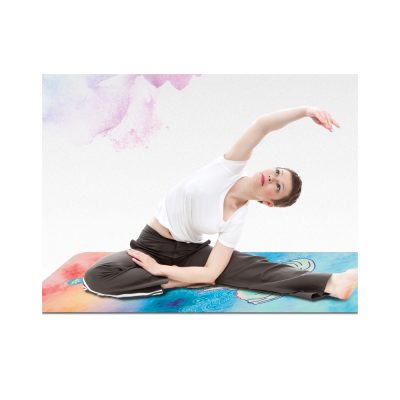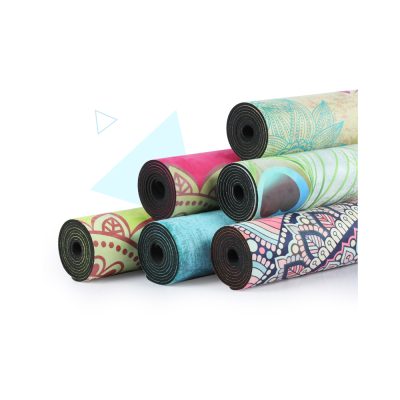Detailed introduction of several yoga mats
The main components of TPE foamed cushions are TPE, EVA and artificial rubber. The production cost is relatively high, the production process is relatively high, and the industry entry threshold is high. The product is of good quality, with sufficient elasticity, softness and high anti-slip effect. It does not contain plastic and is easy to decompose. It is a relatively promising product at present, and is deeply loved by environmentalists. TPE mats are currently available up to 10mm thick.
PVC foamed cushions are more widely, the price is relatively cheap, the color is various, the production cost is low, the process is simple, and it is easy to make logos according to customer requirements, and is deeply loved by the public. The disadvantage is that plastic products are not easy to decompose naturally and pollute the earth.
EVA cushions are also very environmentally friendly, there are low-cost and high-end. Cheap EVA is too soft and tastes too heavy. High-end quality is good, but the thickness can only do 4mm. The Middle East market prefers EVA mats.
Latex mats, usually with a layer of hay on the surface, cost between PVC mats and TPE mats. It is also an environmentally friendly product. The US market likes more.
NBR pads are too heavy and not cheap. Abrasion-resistant and slip-resistant, odorless, usually black.
The thickness of yoga mat is mainly 3mm, 4mm, 5mm, 6mm, 7mm. Among them, 6 mm is the standard thickness. It is more suitable for beginners. The TPE cushion can reach 10 mm, which is very soft.









